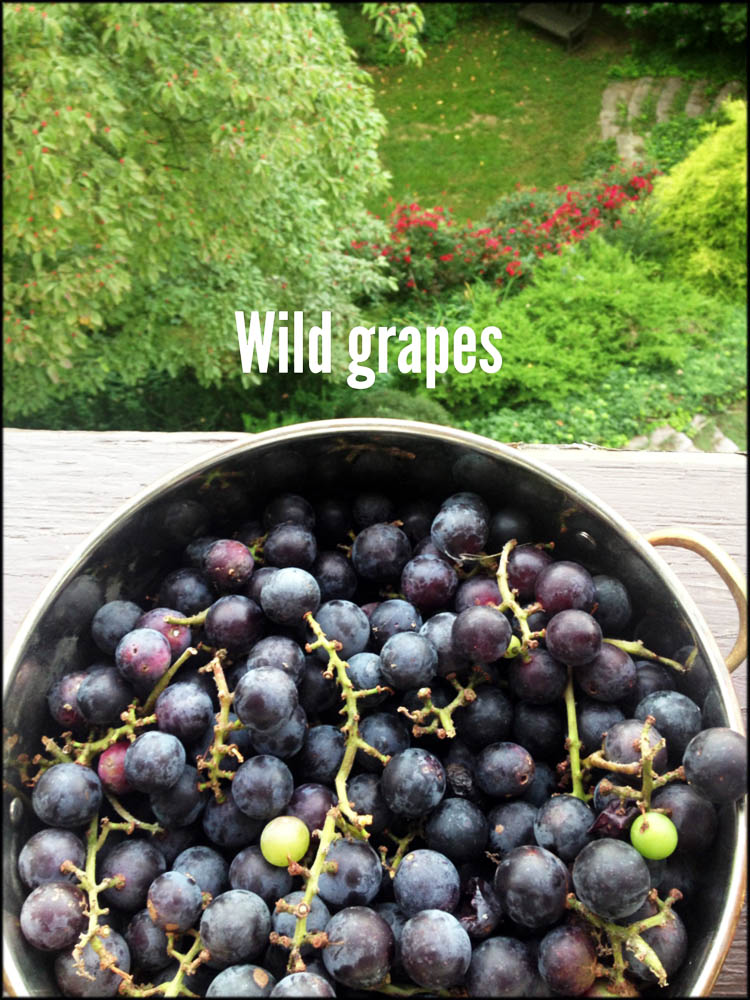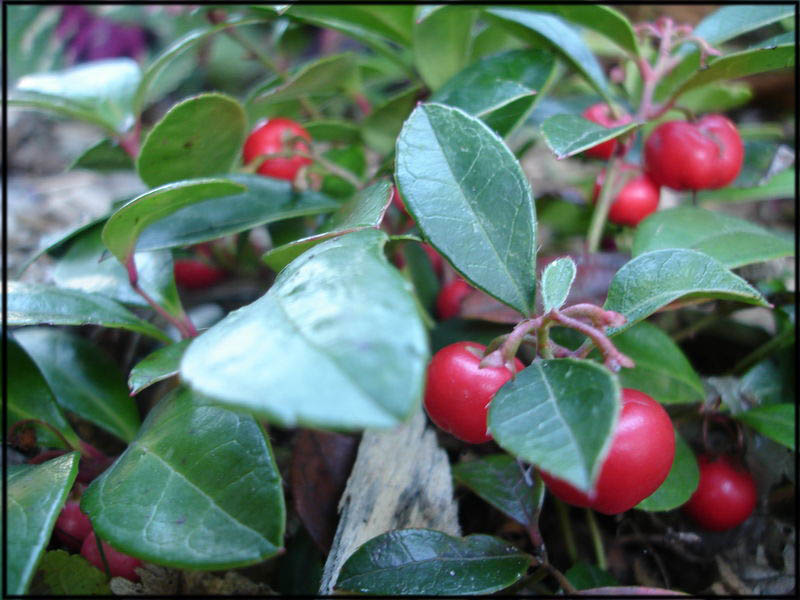
Wild edible berries — blackberries, raspberries, blueberries — both high and lowbush — wineberries and serviceberries grow in abundance and reward foraging in Harriman State Park. along its hiking trails and wooded glens. The forest fruit ripens at the very end of June.
Its hills, balds and valleys are ripe for foraging in Harriman State Park, and are covered in early to mid-summer with colorful wild edible berries: blueberries, raspberries, wineberries, huckleberries, mulberries, serviceberries and blackberries.
Given enough water, the blossoms of spring will fill out by the last week of June, and then — without getting all geeky with foraging — you should seek out the places where the highbush blueberries grow.
Be aware that berries are a staple of the black bear, so you won’t be the only one foraging in Harriman. Bears can be especially hungry after a hard winter. But they’ll benefit from a healthy berry crop, or “huck”; they’ll be more difficult for hunters to catch in the the fall.
Harriman’s Wild Grapes
Harriman is all the more interesting when you get to know the history of its former inhabitants (see the excellent book by Bill Myles and Daniel Chazin, “Harriman Hikes”). These inhabitants were largely self-sufficient, and that included planting their own fruit crops.

Wild grapes in Harriman State Park. It doesn’t take long to forage for a whole bucket of grapes. Look in low-lying, once-inhabited areas of the park, and follow your nose in early September.
As a consequence, you’ll find wild grapes of all kinds growing everywhere in low-lying areas of the park. Most are of the Concord (loose-skinned) variety, or smaller, wild fox grapes.
Follow the scent of grapes, strongest in early September, to big bunches of grapes hidden under their viney umbrellas, or sprawled across barberry bushes by the sides of roads.
Or spend a little time investigating where early 20th-century towns were eventually returned to wild fields (such as near the southwest end of Lake Welch) to find large crops of grapes.
They’ll only take a few minutes to pick, and fill a basket.
These grapes make excellent jellies and autumn pies.
Wintergreen is also plentiful in Harriman and grows at the feet of twisted mountain laurel bushes. Its thick, shiny green leaves resemble the leaves of mountain laurel, but you only have to crack a leaf open to know this is the same evergreen wintergreen used to flavor gums and breath mints. Use it in soups or to make ice cream.
If you enjoy the wintergreen flavor an excellent tea can be made from the leaves and/or berries of this plant. They can be harvested at any time during the year, as this is an evergreen plant. During the winter season you may simply need to brush away the snow to find the plant. Be sparing when you harvest the leaves from this plant, making sure to only take one of two leaves from each stem. This will ensure that there will still be some for the next time.
Have a favorite spot for foraging? Would you mind sharing it (and we completely understand if you DON’T!)? Let us know!



